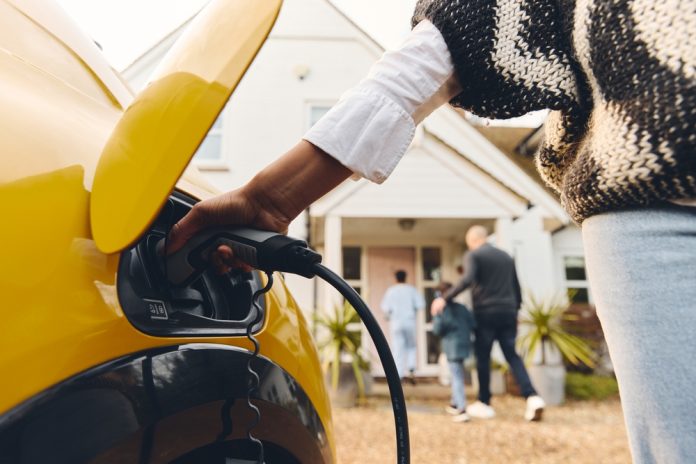General Motors plans to offer bidirectional charging technology, also known as vehicle-to-home (V2H) charging, on a wider list of upcoming electric vehicles than previously expected, expanding access to a new, helpful feature.
Bidirectional charging, allows drivers to store surplus energy from their cars in their homes, provided they have the required utilities installed. Doing so can allow homeowners to lower their electricity bills and can also provide relief for the nation’s grid during periods of high demand. Originally, General Motors only advertised the feature on the 2024 Chevrolet Silverado EV RST. However, it now expects a total of six electric vehicle models to launch with the technology.
In addition to the Silverado, the five other models are as follows: the Cadillac Escalade IQ, the 2024 Cadillac Lyriq, the 2024 Chevrolet Blazer EV, the 2024 Chevrolet Equinox EV and the 2024 GMC Sierra EV Denali Edition 1. Each vehicle will be built on General Motors’ Ultium platform, a system of modular battery designs, software and powertrains. By 2026, the automaker expects all its electric vehicles to include bidirectional charging by default.
Beyond making General Motors products more functional, improving access to this feature may boost EV adoption among undecided customers. The lack of flexible charging options available on the market has been a key obstacle to converting petrol-reliant buyers, something that V2H technology could solve. However, an even greater roadblock to wider electric vehicle demand is income. Most battery-powered models are only affordable to premium customers. Furthermore, to unlock the benefits of bidirectional charging, drivers who have already spent thousands on their new car will also have to upgrade their home’s electrical system, a process which can cost an additional $1,500.



